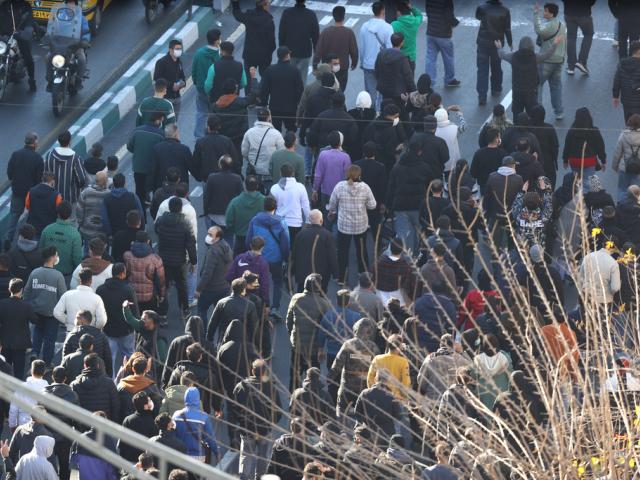Deterring China with American Innovation: Pentagon Reveals Replicator Initiative
WASHINGTON, D.C. - Over the last 20 years, as the U.S. fought in the deserts of the Middle East, China focused on accomplishing the biggest military buildup since World War II.
"The PRC worked with focus and determination to build a modern military, carefully crafting it to blunt the operational advantages we've enjoyed for decades," said U.S. Deputy Defense Secretary Kathleen Hicks.
But now, the Pentagon is betting big on American innovation to counter the threat, announcing the Replicator Initiative.
"This is about mastering the technology of tomorrow," Hicks said, speaking at the National Defense Industrial Association's Emerging Technologies conference.
The new strategy centers around the idea of countering China with autonomous systems that are, "small, smart, cheap, and many."
Hicks says a key will be drawing on systems already in development across the military branches, then determining what's ready to rapidly implement and distribute to key military assets.
"That's the beauty of what software can do for hard power. Delivery doesn't take several years, or a decade. Our investments in data, AI, and computing are empowering war-fighters in the here and now, in matters of months, weeks, and even days," Hicks explained.
This new build-up will involve systems like the drones used in Ukraine for intelligence, surveillance, targeting, and launching attacks.
Still, leaders of the initiative have been admittedly vague on details, which has defense experts questioning the reality of implementation.
"It's a cool idea, how it actually takes root and is executed is the real question," said Dakota Wood, Senior Research Fellow for Defense Programs at The Heritage Foundation.
Using the Ukrainian drone example, Wood points to the challenges of using that kind of system in East Asia.
"In the Indo-Pacific, you're talking distances of hundreds of miles, you're 900 miles...to Japan, 1,800 miles to Guam...If I'm having to fly this thing 500 miles or 1,000 miles, just to have the fuel to be able to do that requires a larger platform. If I want to carry a munition that is viable against a large target like an airfield, or another plane, or a ship or something like that, again, more payload. So we're talking about the growth in the size of the aircraft, almost to aircraft size. Where is the field I'm operating these things from? And if they're non-stealthy, they present a signature. Wouldn't it be easier for China to shoot them down," Wood questioned.
Hicks brings up other challenges, which include private sector involvement and bypassing bureaucratic red-tape. Still, she's optimistic.
"I'm deeply, personally, familiar with almost every maddening flaw in our system. But I also know that when the time is right, and when we apply enough leadership, energy, urgency and depth of focus, we can get it done," she explained.
There is no "mission complete" standard for the Replicator Initiative, rather a goal to continually adapt and deter.
"We must ensure the PRC leadership wakes up every day, considers the risks of aggression, and concludes: today is not the day, and not just today," Hicks said.
The initial two-year startup would attempt to field these systems around the time-frame many predict China will make a move on Taiwan, and some experts believe the winner of that battle will likely be the one with the most autonomous systems in play.
Did you know?
God is everywhere—even in the news. That’s why we view every news story through the lens of faith. We are committed to delivering quality independent Christian journalism you can trust. But it takes a lot of hard work, time, and money to do what we do. Help us continue to be a voice for truth in the media by supporting CBN News for as little as $1.











 Support CBN News
Support CBN News







